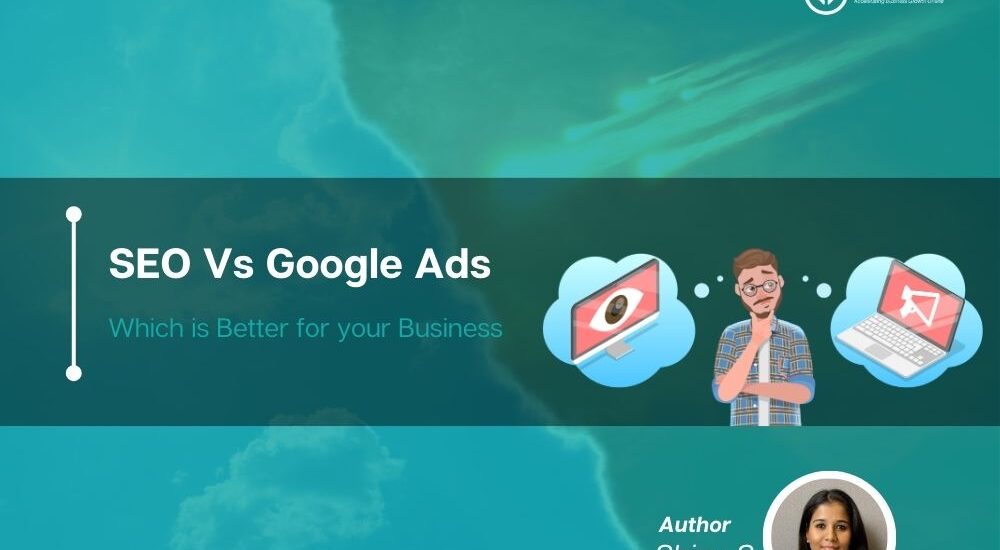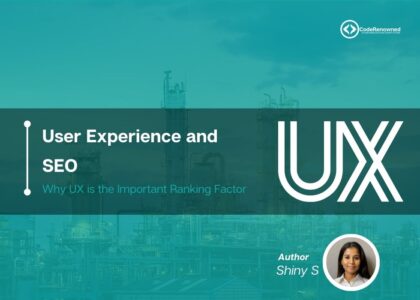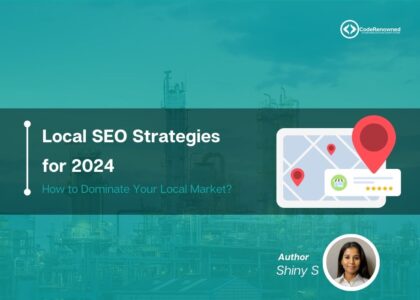SEO or Google Ads
Which is Better for your Business

Two popular Digital marketing approaches are Search Engine Optimization (SEO) and Google Ads (Pay-Per-Click or PPC). Deciding which method to adjust can be challenging, as each has distinguishable advantages and likely drawbacks. This article will provide an in-depth analysis of SEO and Google Ads, their benefits, challenges, and perfect use points to help you determine which suits your business needs.
What You Need to Know about SEO?
SEO, or Search Engine Optimization, is optimizing your website to rank higher in organic search engine results pages (SERPs) to increase the quantity and quality of traffic to your site through non-paid (organic) search engine results. SEO includes,
- On-Page SEO: Optimizes individual web pages to rank higher and earn more relevant traffic with content quality, keyword optimization, meta tags, headers, and internal linking.
- Off-Page SEO: Increases the authority of your domain through content creation and earns backlinks from other websites with social media marketing, guest blogging, influencer outreach, and more.
- Technical SEO: Ensures a website meets the technical requirements of modern search engines with site speed optimization, mobile-friendliness, indexing, crawlability, and security.
- Content SEO: Creates high-quality, relevant content to satisfy user intent with blog posts, articles, infographics, videos, and more.
Advantages of SEO
- Cost-Effective in Long-Term : SEO can be a cost-effective way to generate continuous organic traffic. You need not pay for each click a sustainable strategy for long-term growth.
- Builds Trust and Credibility : Users trust organic search results. High rankings signal users that the site is a leader in your industry by enhancing credibility.
- Better Click-Through Rates (CTR) : Organic search results receive more clicks than paid advertisements. Users click on organic listings, especially if they rank high on the SERP.
- Broader Reach and Diverse Traffic : SEO can get a wider audience by targeting keywords and search phrases to attract traffic at different stages.
- Sustainable Results : The benefits of SEO, improved rankings and increased traffic, can last long if maintained properly, a fusion strategy that builds over time.
Challenges of SEO
- Time-Consuming : SEO requires consistent effort and can take several months to a year to see noteworthy results. Be patient and endurance.
- Constant Algorithm Changes : Search engines like Google continually update their algorithms. Staying updated and adapting can be challenging and may require adjustments.
- Ongoing Maintenance : Maintaining and improving SEO performance requires constant effort, like content updates, backlink monitoring, and technical SEO audits.
- Competitive Landscape : In highly competitive industries, achieving and maintaining high rankings can be difficult. Competitors are also competing for top positions, a constant battle.
What You Need to Know about Google Ads?
Google Ads, or Pay-Per-Click (PPC) advertising, is a platform where advertisers pay each time a user clicks on their ad. These ads appear at the top and bottom of the SERPs, above the organic results, and on the websites within the Google Display Network.
Google Ads include,
- Search Ads: Text ads on the search engine results page when users search for specific keywords.
- Display Ads: Visual ads (images or videos) across the Google Display Network, including websites, apps, and YouTube.
- Shopping Ads: Product-based ads in search results, displaying product images, prices, and merchant information.
- Video Ads: Ads on YouTube and across Google’s video partners.
- App Ads: Ads of mobile apps on Google’s Search, Play, YouTube, and other apps.
Advantages of Google Ads
- Immediate Results : Google Ads generate traffic immediately after the campaign goes live and are ideal for time-sensitive promotions or product launches.
- Highly Targeted : Google Ads allows exact targeting based on keywords, demographics, locations, devices, and even the time of day to reach the most relevant audience.
- Scalable : You can raise the Google Ads campaigns up or down based on the budget and performance and the flexibility to adjust the spending and targets in real-time.
- Measurable ROI : Google Ads provides detailed analytics and performance data to measure the return on investment (ROI). You can track metrics like clicks, impressions, conversions, and cost per acquisition (CPA).
- Flexibility : Google Ads quickly adjusts the strategy, budget, and targets to optimize performance. You can experiment with different ad formats and messages to find the most effective combination.
Challenges In Google Ads
- Cost : PPC can be expensive, especially in competitive industries with high cost-per-click (CPC) rates.
- Temporary Results : Traffic from Google Ads stops as soon as you stop paying for ads. There are no lasting benefits once your campaign ends.
- Ad Fatigue : Users may become ignorant of ads over time, reducing their effectiveness. Continuous refreshing of ad creatives and messages for maintaining engagement.
- Complex Management : Managing Google Ads campaigns needs expertise and time and involves keyword research, bid management, ad creation, A/B testing, and regular performance analysis.
When to Use SEO?
- Long-Term Growth: For sustainable, long-term growth, invest time and effort into building organic rankings.
- Limited Budget: Having a limited budget and needs a cost-effective strategy for continuous traffic.
- Building Trust: Establishing trust and credibility with the audience is a priority.
- Broad Audience: To attract a diverse audience through multiple related keywords and search phrases.
When to Use Google Ads?
- Immediate Results: In need of quick traffic and leads for a product launch or time-sensitive campaign.
- Targeted Advertising: When required, precise targeting based on keywords, demographics, locations, and devices.
- Flexible Budget: A flexible budget to afford ongoing payments for clicks and impressions.
- Measurable Performance: When detailed analytics and performance data to measure ROI accurately.
Combined Strategy: The Best of Both Worlds
For many businesses, a combined approach that leverages both SEO and Google Ads can be the most effective strategy. Here’s how you can integrate both methods:
- Use Google Ads for Immediate Traffic: Launch Google Ads campaigns to drive traffic and leads while your SEO efforts build momentum.
- Invest in SEO for Long-Term Benefits To improve organic rankings, build trust, and sustain traffic growth.
- Optimize for High-Intent Keywords: Use Google Ads to target high-intent keywords that are competitive and difficult to rank organically.
- Leverage Data Synergy: Use understandings from your Google Ads campaigns to inform your SEO strategy. Identify high-performing keywords and content ideas.
- A/B Testing and Experimentation: Experiment with different ad creatives, messages, and landing pages in Google Ads.
Conclusion:
Both SEO and Google Ads have their unique advantages and challenges. Preferring one over the other depends on the business goals, budget, and timeline. While SEO offers sustainable, long-term growth and builds trust and credibility, Google Ads provides immediate results, accurate targeting, and measurable performance.
For most businesses, a combined approach that utilizes the strengths of both SEO and Google Ads can yield the best results. By blending both strategies, drive immediate traffic and leads while building a solid foundation for long-term organic growth.






